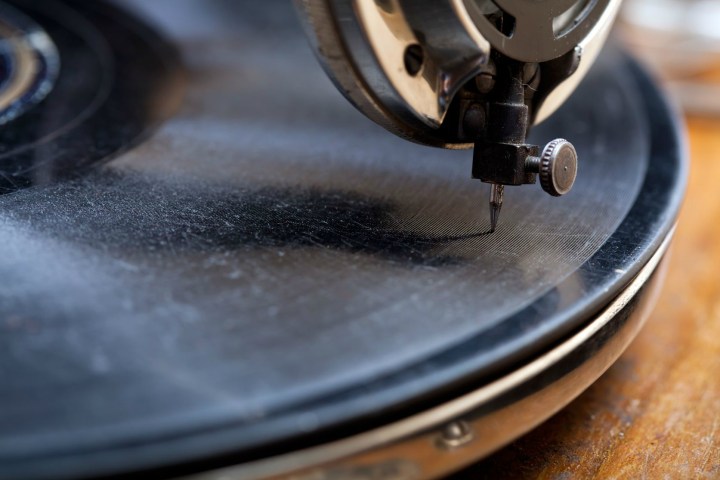
The video, which appears on the label’s Facebook page, has many fans racking their brains as to what the outspoken rock and roll star and his business could be up to. “July 30th, Third Man Records is going to make vinyl history again,” reads the Star Wars-esqe font in the video.
The best theory appears to be based on a plan that was outlined by White himself in 2012. Four years ago, in an interview with astronaut Buzz Aldrin, White shared plans for a “secret project” aimed at getting one of his label’s songs to be the first vinyl record played in outer space.
At the time, White said the plan involved launching a high-altitude balloon with a record player attached, and figuring “out a way to drop the needle with all that turbulence up there and ensure that it will play.”
Whether or not playing a record in the stratosphere is the plan remains to be seen. White has been tight-lipped about the project since that interview, so the supposedly history-making vinyl project could have changed significantly since then.
Other theories about the nature of the mysterious video include the possibility that Third Man could be reprinting the legendary gold-plated copper records that were made for the Voyager missions. Songs and recordings of humanity were chosen by Carl Sagan for the project, then launched into space on the iconic exploration missions. Reproducing those iconic discs is certainly more doable than playing one in outer space, but it may not be as exciting.
Regardless of what Third Man are up to, it will probably be cool, given the sheer rock awesomeness consistently exhibited by the man at the top.



